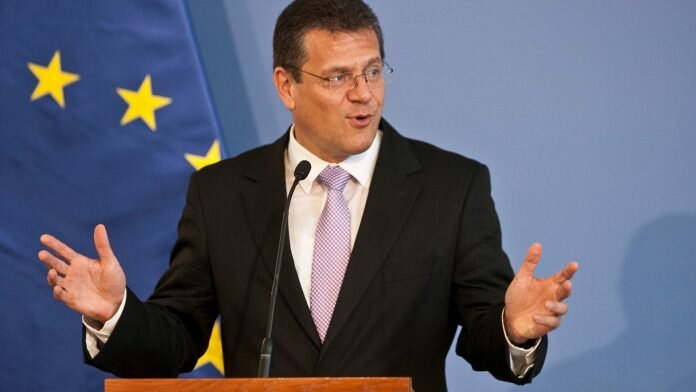
The European Parliament has voted to approve a revised version of the Energy Performance of Buildings directive.
The revisions to the Energy Performance of Buildings directive form the first of eight proposals aiming to move closer to the EU’s Energy Union ambitions, and seek to reinforce efficiency in the building sector, which is the largest single energy consumer in Europe, using around 40% of final energy.
The proposals will target the renovation of buildings, and the creation of smarter energy systems for new buildings, in acknowledgement of the fact that around 75% of buildings in Europe are currently energy inefficient. What’s more, a maximum of 1.2% of buildings are renovated each year, meaning that there is enormous scope for energy efficiency gains in the sector.
What will the proposals include?
The European Commission has highlighted a number of achievements with the vote on the Energy Performance of Buildings directive. In particular, the revised directive:
- Advocates for the use of smart technologies to introduce automation and control systems which could ensure buildings operate efficiently;
- Creates a smart readiness indicator which can measure a building’s capacity to integrate new technologies;
- Integrates and strengthens building renovation strategies;
- Supports the introduction of new infrastructure for e-mobility in new buildings; and
- Establishes a path towards zero-emissions buildings by 2050, incorporating national roadmaps.
Further, the directive introduces mechanisms to create the significant amounts of upfront investment that are needed to facilitate renovations of existing buildings to make them more energy efficient.
What has the EU said about the directive?
The European Commission Vice-President for the Energy Union, Maroš Šefčovič, said that as well as pursuing efforts to combat climate change, the revision of the directive would introduce a number of key benefits for Europeans.
He explained: “By renovating and making our buildings in Europe smarter, we are attaining several simultaneous objectives: lower energy bills, better health, protection of the environment and reduction of our emissions in the EU, given that over a third of these are produced by buildings.”
Further, the revisions serve to create a legislative framework which joins sectors together in pursuit of this goal, as part of the wider drive towards an Energy Union: “As technology has blurred the distinction between sectors, we are also establishing a link between buildings and e-mobility infrastructure, and helping stabilize the electricity grid. Another building block of the Energy Union has been laid today, let us continue ahead.”


















